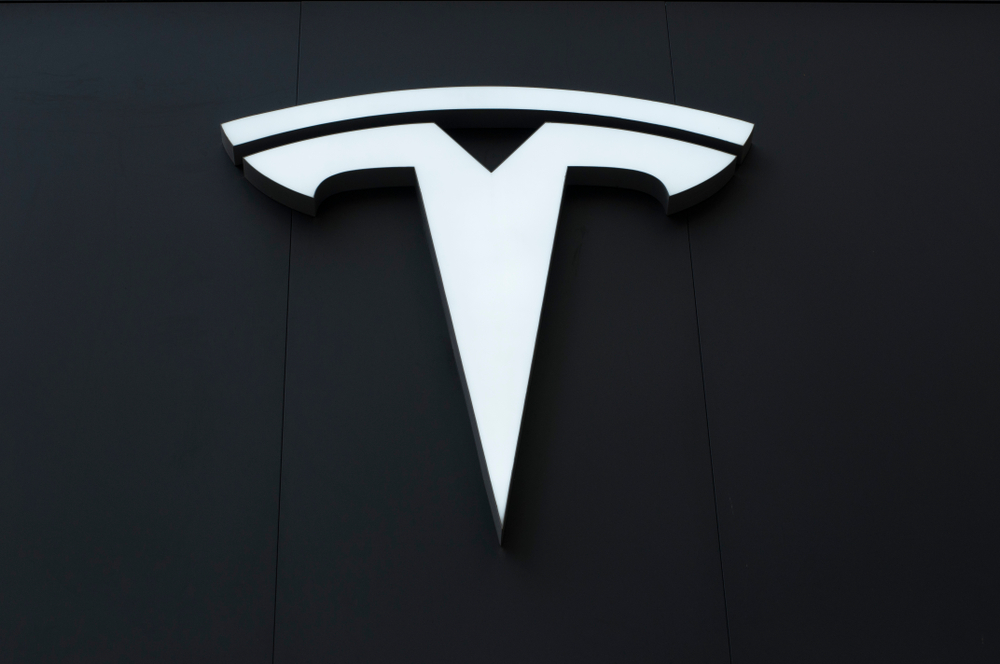Experts from across the ETF industry are at loggerheads as to whether Tesla can be considered ESG or even what we should consider to be ESG following the company’s deletion from the S&P 500 ESG index.
In a blog post, Margaret Dorn, senior director, head of ESG indices for North America at S&P Dow Jones Indices (SPDJI), explained Tesla was excluded from the index as it fell into the bottom quartile of companies from the automobiles and components sector in terms of SPDJI ESG metrics.
Several factors contributed to this, she said, including Tesla’s lack of explicit low carbon strategy or codes of business conduct, as well as “claims of racial discrimination and poor working conditions” at its Fremont factory in California and its handling of the NHTSA investigation after “multiple deaths and injuries” linked to autopilot vehicles.
Agreeing with the move, Kate Bennett, industry fellow at University of Technology Sydney and impact director at impact investment platform EarthTech, said Tesla has an “appalling” ESG record and its CEO Elon Musk focuses mainly on leading the electric vehicle industry and space frontier rather than a socially and environmentally-conscious business.
“The reality is that SPDJI is based on one of the most detailed, evidence-based corporate sustainability surveys in existence,” Bennett continued.
“It is also a ranking, so if other companies in the same industry are raising the bar and a company is in denial and continues to mistreat people and critical resources, it is not going to retain its place.”
Bennett added the challenge now for ratings providers is to consider incorporating impact metrics into their ESG analyses, however, she said badly-run, impactful businesses are still unsustainable.
Tom Bailey, head of ETF research at HANetf, said while the decision looks shocking at first glance given Tesla’s role in decarbonising transport, the role of ESG is also as a tool for looking at the risks associated with companies.
“If you read the reasoning of SPDJI it is quite clear why Tesla was excluded,” Bailey argued. “It does not have a low carbon strategy and it is said to have questionable labour practices.
“These give it a lower ESG score and are fairly standard metrics for ESG. There is no inherent right of Tesla or any other EV or battery maker to be included in ESG screened indices.”
Naturally, there were others who set SPDJI’s methodology aside and thought the S&P 500 ESG index’s top 10 allocation to Exxon Mobil, while excluding Tesla, is unjustifiable.
Romain Dutrenois, quantitative analyst at Lloyds Bank, compared the inclusions and exclusions to the benchmark to the credit ratings of 2007.
“This is a massive issue, far beyond Tesla and Elon Musk”, Dutrenois said. “It gives a false feeling of doing the right thing, just like they gave a false feeling of safety when rating AAA ready-to-explode junk debt, and will have a terrible impact, even worse than climate change denying.”
In a similar vein, Daniel Bischof, derivatives valuation specialist at Allianz Investors, added: “Having good ESG scores does not sound so different from having very good ratings in your credit portfolio circa 2006 if it is all just a matter on how you package and how you sell it to others.”
Others argued the recent changes will naturally raise a few eyebrows and underline the lack of consensus on what constitutes ‘ESG’.
Oktay Kavrak, director of Leverage Shares, said ESG in its current form is “too vague an umbrella term” and is either confusing at best, or at worst serves as a “marketing gimmick”.
“Tesla’s role in moving the needle away from fossil fuels is undoubtable. 'Environmental' is just one aspect of the ESG conversation, but arguably the most important one,” Kavrak noted.
“Excluding the company that spearheaded the transition to EVs is symptomatic of the ongoing fuzziness around ESG.”
Murky ESG methodology?
The index rebalance also called into question the degree of clarity that exists in ESG implementation, from metric creation, to data gathering, to calculation, ratings, index methodology and then overweights and underweights in practice.
While data sources and ratings are not consistent across SPDJI’s ESG range, its S&P 500 ESG index is based on business activity exclusions from EIRIS, UN Global Compact scores provided by Arabesque and then its broader ESG scoring is based on the SPDJI ESG score.
This is calculated by a different arm of the business, S&P Global ESG Research, which uses a Corporate Sustainability Assessment (CSA) based on data provided by companies and publicly available information, and then collates E, S and G criteria to provide overall scores. The worst-performing 25% of each GICS sector are then excluded from the end index by SPDJI.
Alex Matturri, former CEO of S&P Dow Jones Indices, argued: “These are not discretionary decisions but follow clear rules for both the score and the index. If someone disagrees with the score methodology or the index methodology, there are other choices available.
“Musk should have read the methodologies to see why Tesla was excluded before complaining. The goal is to change corporate behaviour. Maybe this can change Tesla.”
Disagreeing with this, Luis Amelia, investment and unit pricing analyst at Foresters Financial, argued the process of deciding what constitutes a material ESG consideration and how findings are perceived both lack objectivity.
“The CSA questionnaire information is processed and interpreted by SPDJI’s ESG ratings, and there is subjectivity in processing the answers, even if it is unintended,” Amelia said.
Supporting this, SPDJI changed the significance of E, S and G metrics in this year’s CSA, with the weighting given to ‘governance’ decreased by 6% while ‘social’ increased by 5%.
Amelia continued: “For instance, the media and stakeholder analysis (MSA) scores the ‘appropriateness’ of measures taken in a negative eventuality. An ‘appropriateness’ judgment is subjective, independent of the factors listed to gauge appropriateness.”
Another area of potential confusion was around the exclusion of large companies such as Meta, Home Depot and Costco, which were all marked as “eligible, but not selected” by SPDJI”.
On this, an SPDJI spokesperson told ETF Stream these companies may have been eligible on business involvement grounds but may have underperformed of ESG scoring.
Looking ahead, it appears likely regulators will begin taking action against the lack of clarity in how ratings providers reach their conclusions.
For instance, a source told ETF Stream said the European Commission is currently hosting consultations on improving transparency within ESG ratings.
“This consultation is about asset managers wanting transparency in how ESG ratings providers are making their assessments,” they said.
“They will introduce guidelines or legislative action for transparency. In other words, there will be no uniform methodology which ESG rating providers have to use but there will be a uniform framework by which they have to report how they use it. They have to make it clear how they come to these conclusions.”
Crucially, they said the European Commission is currently only looking at ratings providers and not data providers.
Related articles







